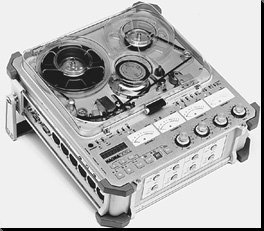Cupertino, CA. Everyone talks a lot about video conferencing on the net. And let’s face it, it doesn’t work… yet. But audio conferencing might just get somewhere, even with the Internet’s current bandwidth constraints. And if it does work, it looks like a natural for audio manufacturers and services that want to provide customer support via the web (editor’s note: for that matter, it might be a good thing to have in place here at AudioWorld!).
OnLive Technologies Inc. think they can do the trick. The company is about to announce a new audio conferencing server and browser plug-in technology that will make real-time, multi-person audio conversations possible over the Internet. Web surfers will use the OnLive Talker™ plug-in to log in at chat rooms where they can talk with other users in their own voices. Chat rooms can be set up at any web site, but they will require OnLive’s server software.
OnLive is already hosting six online forums at its web site, where users can test out the software. Beta versions of the client software are available for free download at the site. TThe OnLive server will will be available in December, according to the company. The system requires a Pentium multimedia PC with a SoundBlaster 16 or compatible 16-bit sound card with Windows 95 driver. And a mic and speakers!
 The Nagra-D’s new sample sync capability allows two or more machines to be linked together in both record and playback modes for sample-accurate synchronization of the digital outputs. Machines to by synced are linked by a special cable, and time code from the master machine is sent to the slave machine for chase-lock synchronization in the usual manner.
The Nagra-D’s new sample sync capability allows two or more machines to be linked together in both record and playback modes for sample-accurate synchronization of the digital outputs. Machines to by synced are linked by a special cable, and time code from the master machine is sent to the slave machine for chase-lock synchronization in the usual manner.